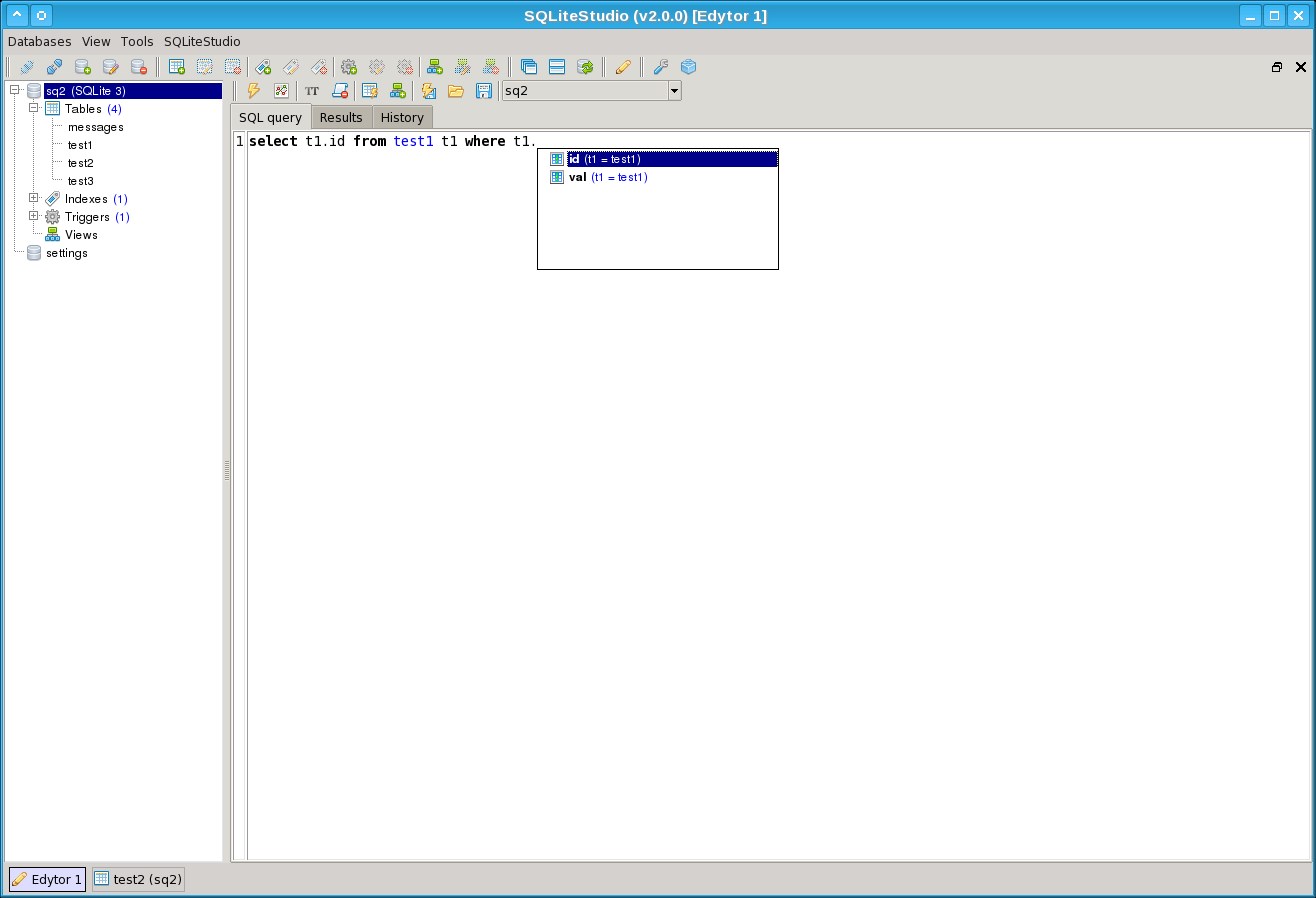
- #VALENTINA STUDIO VS DATUM FREE INSTALL#
- #VALENTINA STUDIO VS DATUM FREE SOFTWARE#
- #VALENTINA STUDIO VS DATUM FREE CODE#
- #VALENTINA STUDIO VS DATUM FREE FREE#
We recommend using key-based authentication (if you use a username/password, you'll be prompted to enter your credentials more than once by the extension). There are several authentication methods into a VM, including an SSH public/private key pair or a username and password. Choose Ubuntu Server 18.04 LTS for this example, but you can choose recent versions of other Linux distros and look at VS Code's supported SSH servers. Now you can specify details of your VM, such as the name, the size, and the base image. Note: In this tutorial, we are using Azure, but your Linux VM can be hosted anywhere, as long as the Linux distribution meets these prerequisites. From there, you can select your Azure subscription and create a new resource group, if you don't already have one. In the Azure portal, search for "Virtual Machines", and choose Add. If you don't have an existing Linux virtual machine, you can create a new VM through the Azure portal.
#VALENTINA STUDIO VS DATUM FREE CODE#
The Remote Status bar item can quickly show you in which context VS Code is running (local or remote) and clicking on the item will bring up the Remote - SSH commands. With the Remote - SSH extension installed, you will see a new Status bar item at the far left. The Remote - SSH extension is used to connect to SSH hosts.
#VALENTINA STUDIO VS DATUM FREE FREE#
Have an Azure subscription (If you don't have an Azure subscription, create a free account before you begin).
#VALENTINA STUDIO VS DATUM FREE INSTALL#
#VALENTINA STUDIO VS DATUM FREE SOFTWARE#
Software providers are perpetually competing to come up with the best SQL clients every year, and it does not seem to be stopping anytime soon. The ever-increasing popularity of MySQL means that everyone needs effective, convenient, and affordable database tools to work with it.

It comes with a toolset that helps create and execute queries, development and debugging routines, and automating database object management in a very convenient environment. It has a lot to offer to database developers, including, but not limited to:ĭbForge Studio for MySQL is a widely used IDE for the development and administration of MariaDB and MySQL databases. While it has dropped as being the number one on the priority list, and IDEs like Adminer and DBeaver have taken its place, it is still one of the best in business, mainly because of its nostalgia, but also because of what it has to offer considering that it’s free. Microsoft SQL Server Management Studio Expressįor years, Microsoft SQL server management studio was the first choice of the majority of database developers.

They generally appear on the rightmost tab of the Object Editor. You can click on the headers of columns to sort any data and can filter the box above results to specify which columns you want to filter and how you want to filter them.ĭBeaver offers ER diagrams that are concise and sufficient. Seeing your data alone is excellent, but DBeaver has much more to offer. No SQL editor commands like “SELECT * FROM …”, no opening new windows, etc.

You can double click on a table, and your data would be just there. Its fonts are very well-chosen, its tab corners are rounded, alternating rows are shaded, the colour scheme is non-obtrusive, and icons are very intuitive. Here are some of the many other features in DBeaver that make it different from others:ĭBeavers not only works better but offers very alluring aesthetics. Its interface doesn’t look better than pgAdmin, but DBeaver is also an open-source IDE considering that most of its competitors are not. Primarily written in Java, DBeaver supports almost all types of databases, including but not limited to MariaDB, PostgreSQL, MySQL, and even YugaByte DB. It is a multi-platform and accessible tool for database management for all kinds of developers, SQL programmers, analysts, and DBAs. DBeaver is one of those tools that can make get these things done for you quickly.

As a database developer, you know that you need various SQL statements for initiating backups, ad-hoc querying, or troubleshooting.


 0 kommentar(er)
0 kommentar(er)
